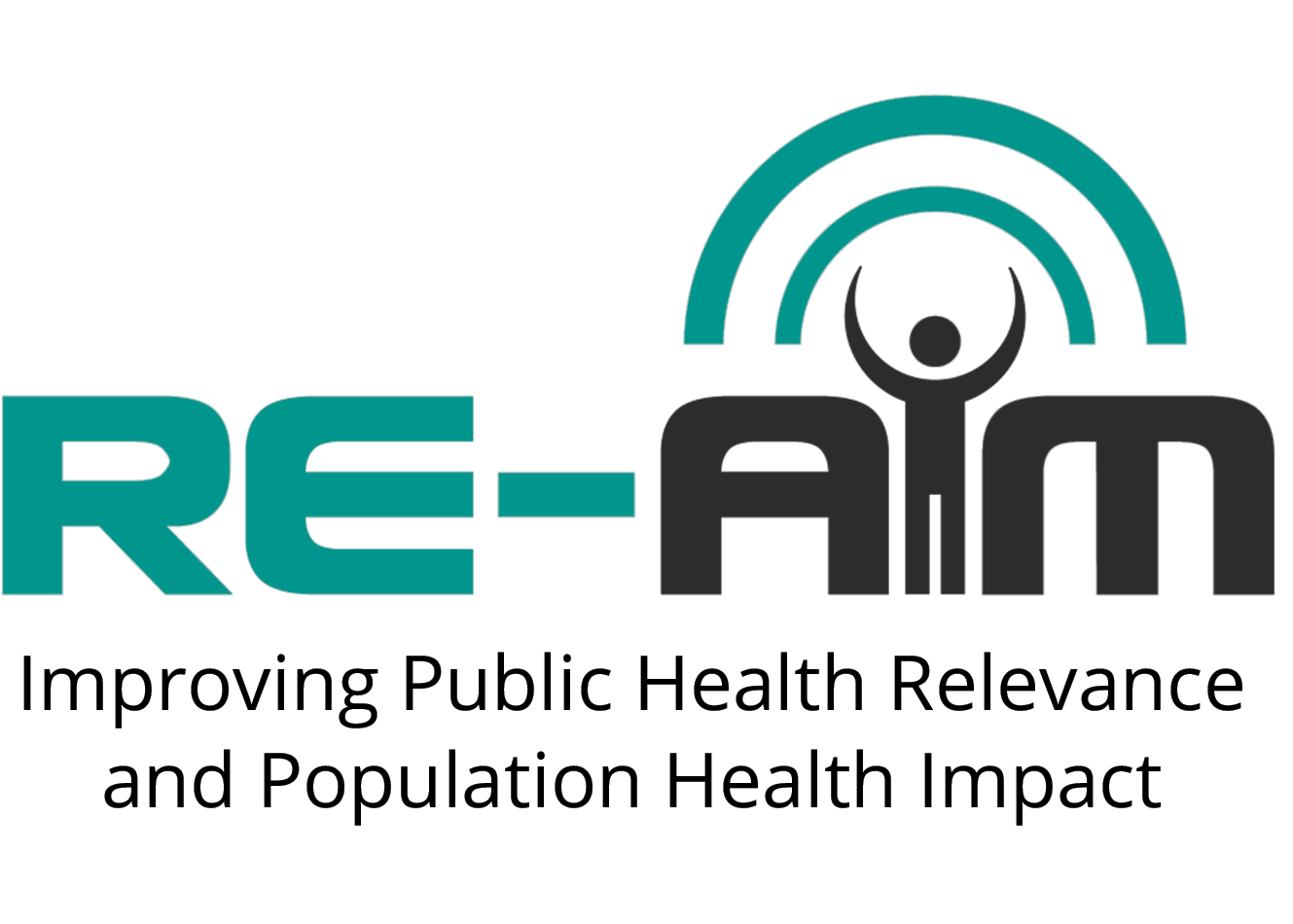Planning and Evaluation Questions for Initiatives Intended to Produce Public Health Impact*
Below you will find questions to help you in the planning, delivery, and evaluation of you program or policy initiative. Questions in bold are recommended if you have limited time or resources to collect these data.
We do not expect you to be able to answer all of these questions, or that all of them to apply to your specific project. You need to decide which of the ‘dimensions or issues’ below are most important for your initiative (we use ‘initiative’ below to refer to both policies and programs). Thinking through these issues may help you increase the chances that your initiative will be successful, and sustained if successful.
Want a PDF version of this planning tool? Click to here to download.
REACH
| Dimension or Issue | Key questions (ones in bold most important to consider) | Probes and follow-up questions |
| Who will take part? | Who will the initiative appeal to? (End-users of the initiative (e.g., patients, students, employees, kids, parents, community members) |
Whom do you plan to reach in your initiative? Define the intended beneficiaries (target population(s).
|
| How and where will you reach them? |
How will you advertise and promote the program? Who needs to approve these methods? |
|
| How will know if you reached them and who participated? | ||
| How will you know if those who participated are representative of the intended beneficiaries (target population)? |
What methods will you use to attract underserved populations and focus on health inequities? What information is available to determine that the sample is representative of the target audience? |
*Adapted from the UPSTREAM program funded by the Colorado Health Foundation; the Evaluation Hub of the University of Colorado Department of Family Medicine; the “RE-AIM: Rate Your Plan Exercise” and the “RE-AIM: Extended Consort Diagram”; and elements from PRISM; with contributions from Samantha Harden, PhD of the Department of Human Nutrition, Foods, and Exercise at Virginia Tech and members of the RE-AIM workgroup.
